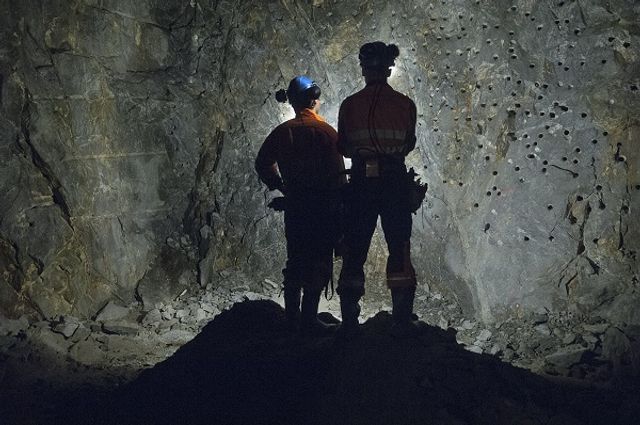
Have you calculated the ROI of your next hire? Every mining company should. Here’s why.
Like everything else in business, HR and recruitment decisions come with a cost.
I don’t mean the cost of advertising, of interviewing, of having a position empty or of having someone step up and fill in until a new person starts.
I mean the return on investment from the actual recruitment decision that is made. After all, there’s a dollar impact on everything we do. What is the cost of making the wrong decision?
We don’t tend to think of recruitment in that way, even though we think of just about everything else in mining that way.
We know the cost of putting a diamond drillhole down in the wrong place. We can calculate the price of having to redevelop 25 metres of misdirected underground decline. Some of us could probably rattle off the cost of having a sag mill or concentrator offline for 2 hours longer than it needed to have been, off the top of our heads. We know that if a feasibility study comes in three months later than it should have done, there’s a cost—or at least an opportunity cost—that comes along with that.
When you appoint the wrong person to do a job, the repercussions can be similarly immense. So, we should all be thinking about the ROI of our recruitment decisions.
A simple idea that’ll stay with you
Many years ago, I read an article by Dr John Sullivan (a US-based talent management guru) on this topic that really stuck with me. He put it so simply.
“What could be more fundamental and important than demonstrating to senior management the dollar impact of hiring top performers versus average ones?” he said. “To me, it’s the single most egregious error in recruiting.”
I think about that a lot. He calls it “the ROI of recruiting the right people”.
“Many recruiting organisations shy away from targeting top performers because they are harder to recruit and, in some cases, require more pay,” Dr Sullivan said.
“To me, such an approach is short-sighted, because it’s not the amount of money that it takes to recruit or compensate these top-performing individuals that matters… it’s the amount of revenue or profit that these individuals return compared to their cost.”
Let’s sprinkle a little star power on this idea
Perhaps the simplest (and, let’s be honest, most fun) comparison is to look at film stars. Pretend you’re casting a Hollywood blockbuster and you need a leading lady. Who do you choose, Kristen Stewart (star of Twilight) or Jennifer Lawrence (star of The Hunger Games).
Both actresses are 30, have lots of acting experience and real star power, and would be great for the role. Kristen’s fee is around $9.5 million. Jennifer’s is around $9.9 million.
Who do you go for?
Think about which actor you chose and the reason you chose them. Was it based on ROI? Probably not.
If you based your decision on ROI, by the way, you’d have picked Jennifer Lawrence. Her average ROI per dollar spent on her salary is more than $782. Kristen Stewart’s is just over $201.
Jennifer is far more bankable than Kristen. If you want stellar profits, she’s the better investment by far. There is a significant performance differential. (Yes, a financial expert actually sat down and worked all this out. But you can be darn sure the ROI of every actor would be common knowledge in the Hollywood film industry—it’s a basic part of their business calculation.)
The quality of the hire matters
The big take-out here is that the talent you choose has real-world business outcomes. The quality of the hire matters.
If the on-the-job performance can be quantified and converted into dollars in the entertainment industry, the same calculation can be made for the recruiting function in the corporate world.
“If you are getting 1000% greater productivity from a resource and that resource costs you just 33% more, you are winning the ROI battle,” Dr Sullivan said. “Even if the pay differential were higher, say 50% to 200%, the costs are again relatively miniscule.”
Think about those four scenarios I outlined above (the misplaced drillhole, the misdirected decline, the offline sag mill and the delayed feasibility study). Ask yourself how likely it is that the second you might consider hiring (your Jennifer Lawrence, who wants to be paid more to do the same job) will make the right decisions in those situations, instead of the wrong decisions.
As Dr Sullivan says: “There is no greater blunder in corporate recruiting then failing to calculate the dollar impact on the business of great versus average recruiting”.
What will the ROI be of your next hiring decision?
Mining People International has more than 27 years’ specialist experience helping mining companies find the best candidates across every job category. Find out more here or get in touch today.